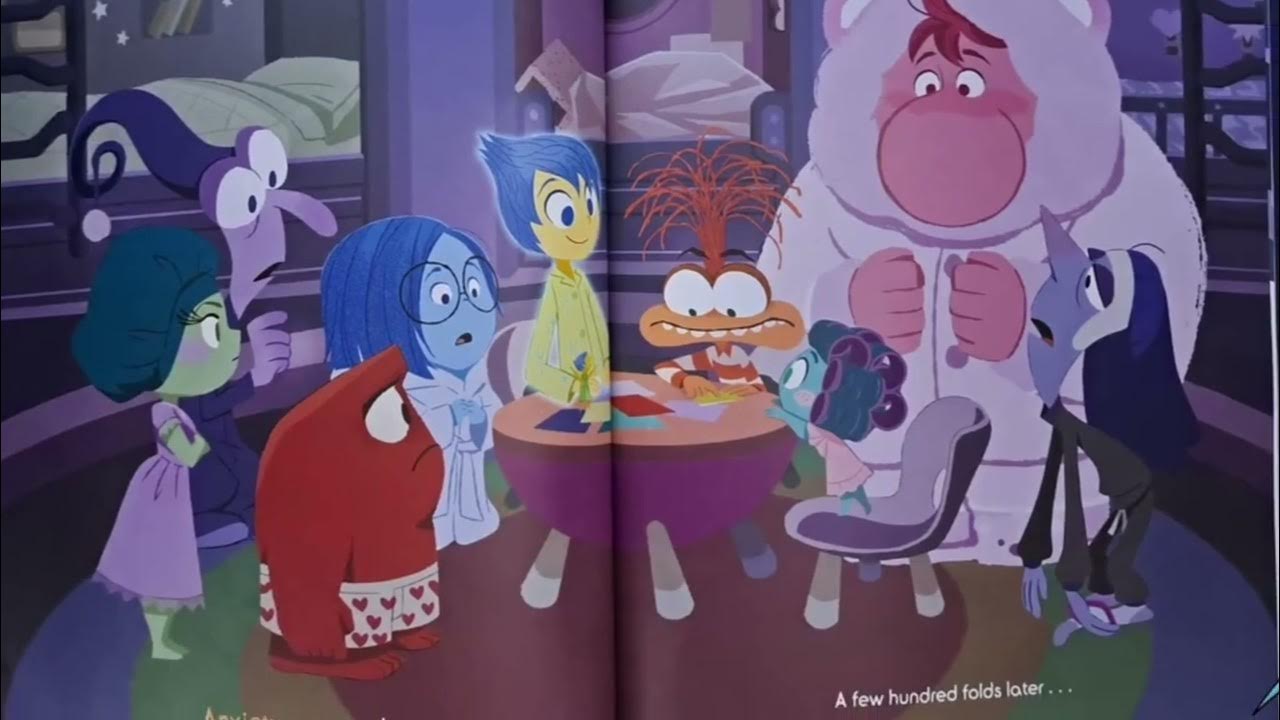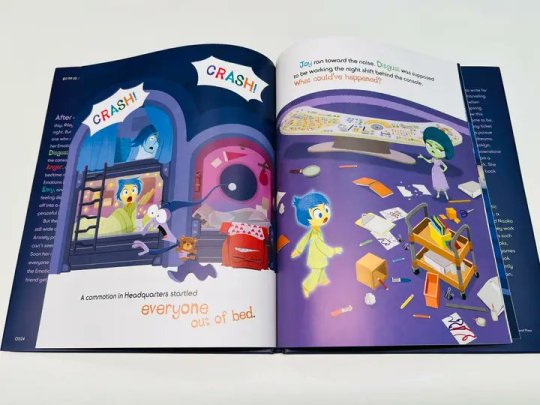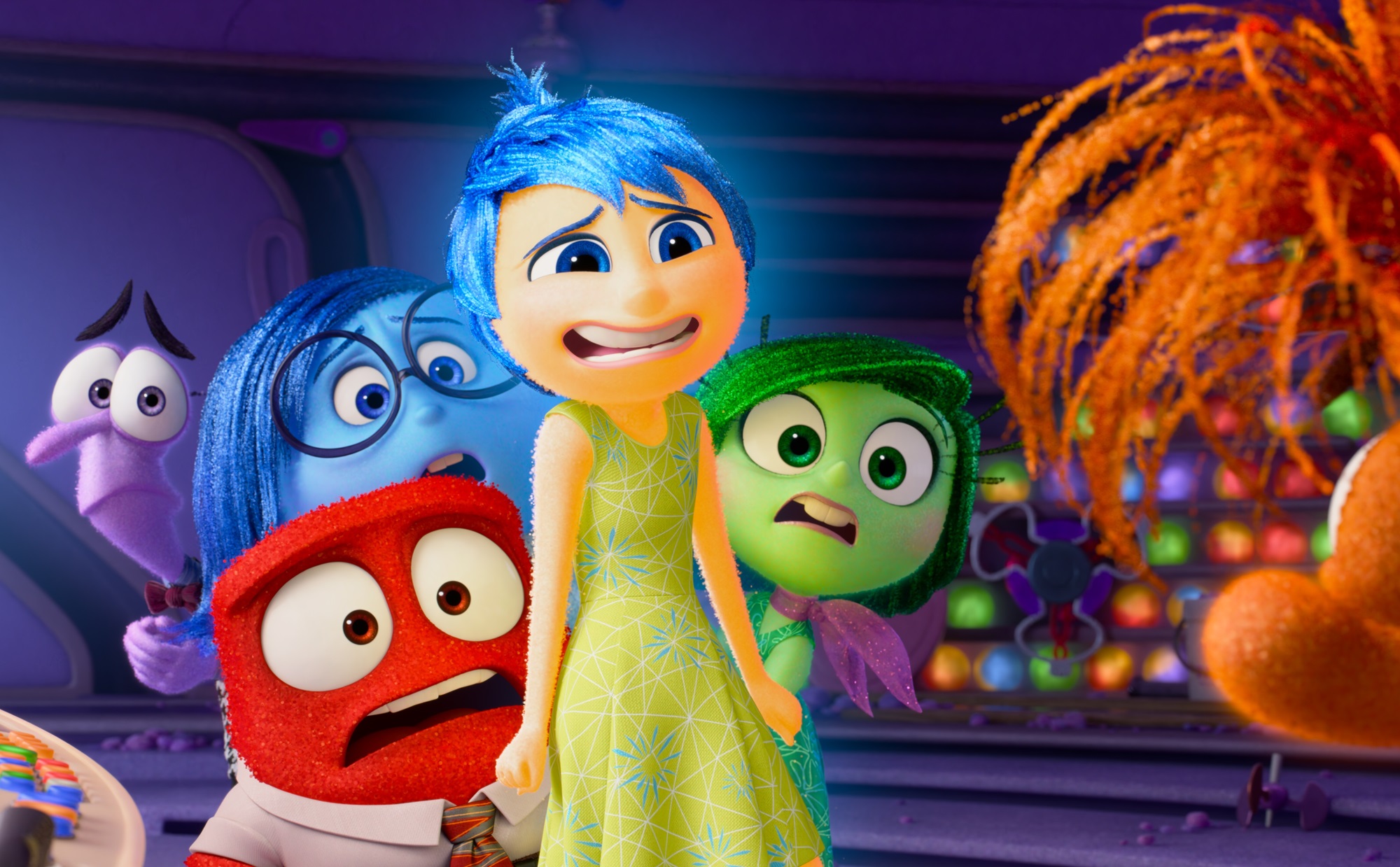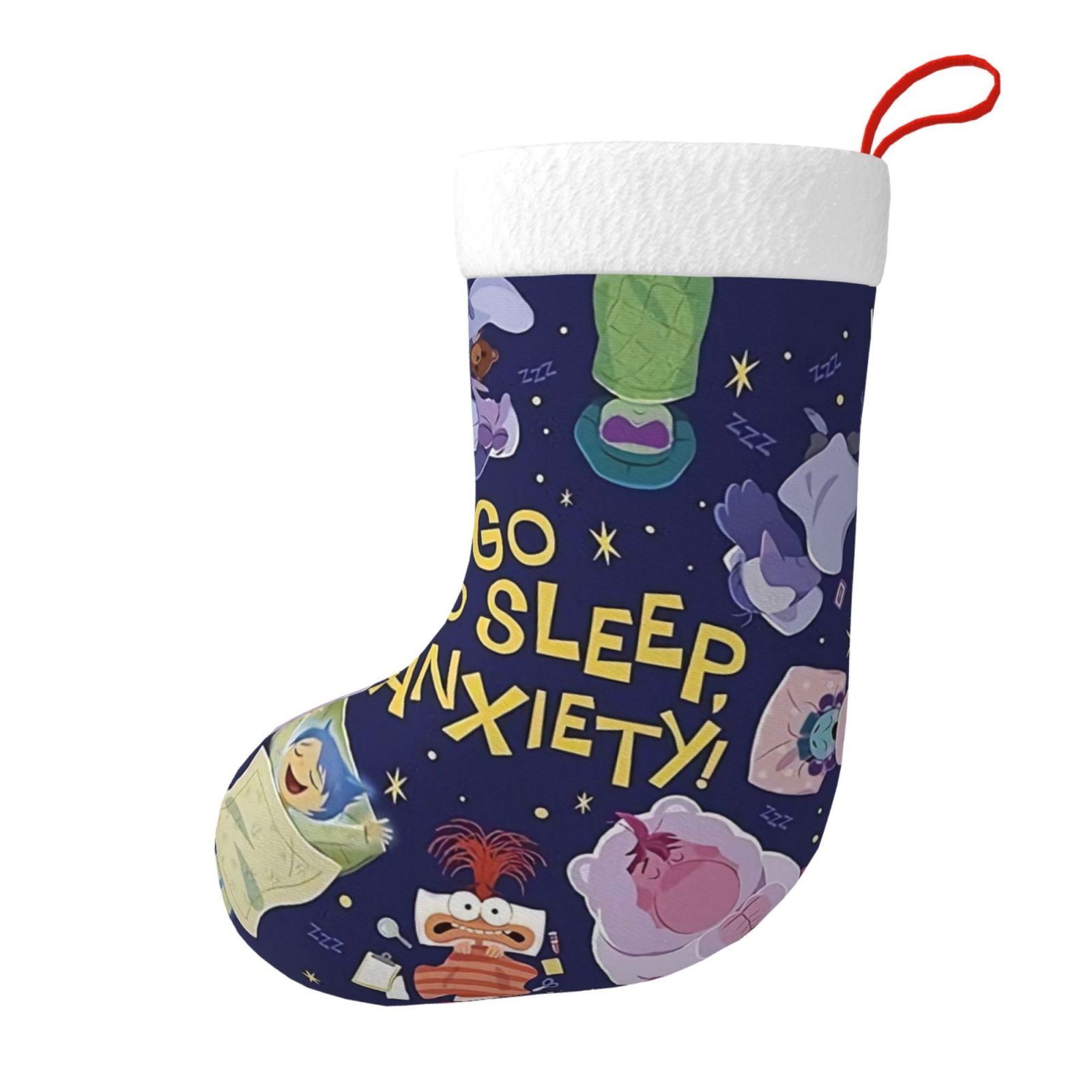Inside Out 2 Go To Sleep Anxiety

Imagine this: you're nestled under your covers, the room is dark, and the only sound is the gentle hum of your air conditioner. Suddenly, a rogue thought pops into your head – did you lock the front door? Are you prepared for that presentation tomorrow? Is that a weird shadow in the corner? These unsettling questions, familiar to many, are now personified in the animated world of Inside Out 2, taking center stage with the arrival of Anxiety.
Pixar's highly anticipated sequel tackles a universal experience: the emotional rollercoaster of adolescence. The film introduces new emotions, most notably Anxiety, voiced by Maya Hawke. Inside Out 2 doesn't just show us Anxiety; it dives deep into how it can affect our sleep, exploring the very real and often disruptive ways this emotion manifests as we drift off to dreamland.
The original Inside Out (2015) captivated audiences with its inventive portrayal of emotions as characters inside the mind of Riley, a young girl. Joy, Sadness, Anger, Fear, and Disgust navigated Riley's experiences, shaping her personality and reactions. The sequel arrives as Riley enters her teenage years, a period of significant emotional upheaval.
The New Emotions on the Block
Inside Out 2 introduces a wave of new emotions that reflect the complexities of adolescence. Alongside Anxiety, we meet Envy (Ayo Edebiri), Embarrassment (Paul Walter Hauser), and Ennui (Adèle Exarchopoulos), representing the shifting emotional landscape Riley faces.
These new emotions aren't simply add-ons; they represent a deeper dive into the intricacies of the human psyche. Adolescence is a time of self-discovery and intense emotional experiences, and Pixar aims to capture this authenticity.
Anxiety, in particular, has become a focal point for discussion. Her arrival highlights the increasing awareness of mental health among younger audiences and the importance of addressing these issues in a relatable way.
Anxiety and the Sleepless Night
One of the most relatable aspects of Anxiety is its impact on sleep. Many people experience racing thoughts, worries, and physical tension that make it difficult to fall asleep or stay asleep.
Inside Out 2 doesn't shy away from portraying these realities. The film is expected to show how Anxiety can hijack Riley's thought processes, leading to overthinking and restlessness as she tries to sleep.
According to the American Academy of Sleep Medicine, anxiety disorders are often linked to insomnia and other sleep disturbances. The relationship is complex, with anxiety exacerbating sleep problems and vice versa.
"Anxiety can lead to hyperarousal, making it difficult to relax and transition into sleep,"says Dr. Jennifer Martin, a sleep psychologist and president of the American Academy of Sleep Medicine.
The film could potentially illustrate the cyclical nature of anxiety and sleep deprivation. When we don't get enough sleep, our anxiety levels tend to increase, further disrupting our sleep patterns.
The Impact on Young Viewers
Inside Out 2 has the potential to be more than just entertainment; it can be a valuable tool for young people struggling with anxiety. By personifying the emotion, the film offers a tangible way to understand and address it.
Seeing Anxiety represented on screen can help viewers realize they are not alone in their experiences. It can also provide a starting point for conversations about mental health with parents, friends, and therapists.
Common Sense Media, a nonprofit organization that provides reviews and age ratings for media, emphasizes the importance of media literacy and critical thinking when discussing films like Inside Out 2 with children.
By helping young people identify and name their emotions, the film can empower them to develop coping strategies. This includes practicing relaxation techniques, seeking support from trusted adults, and learning to challenge anxious thoughts.
Beyond the Screen: Real-World Strategies
While Inside Out 2 is a fictional story, it can inspire real-world action. Parents and educators can use the film as a springboard to teach children about emotional regulation and healthy sleep habits.
Creating a calming bedtime routine can be particularly helpful. This might include reading a book, taking a warm bath, or practicing mindfulness exercises.
Limiting screen time before bed is also essential, as the blue light emitted from electronic devices can interfere with sleep. The National Sleep Foundation recommends avoiding screens for at least an hour before bedtime.
For individuals struggling with persistent anxiety and sleep problems, seeking professional help is crucial. A therapist can provide evidence-based treatments such as cognitive behavioral therapy (CBT) to address underlying anxiety and improve sleep quality.
A Reflective Conclusion
Inside Out 2 promises to be a poignant exploration of the emotional complexities of adolescence, with Anxiety taking center stage. The film's potential to spark conversations about mental health and sleep is significant.
By offering a relatable and engaging portrayal of Anxiety, Pixar can help young viewers understand their own emotions and develop healthy coping strategies. Ultimately, the film's message is one of hope: that even in the face of anxiety, we can find ways to navigate our emotions and live fulfilling lives.
The release of Inside Out 2 is a reminder that mental health matters. As Anxiety takes its place among the familiar emotions, we are encouraged to approach our own emotional landscapes with greater understanding and compassion. Perhaps, by facing our anxieties with a touch of Pixar-inspired empathy, we can all sleep a little better.

















